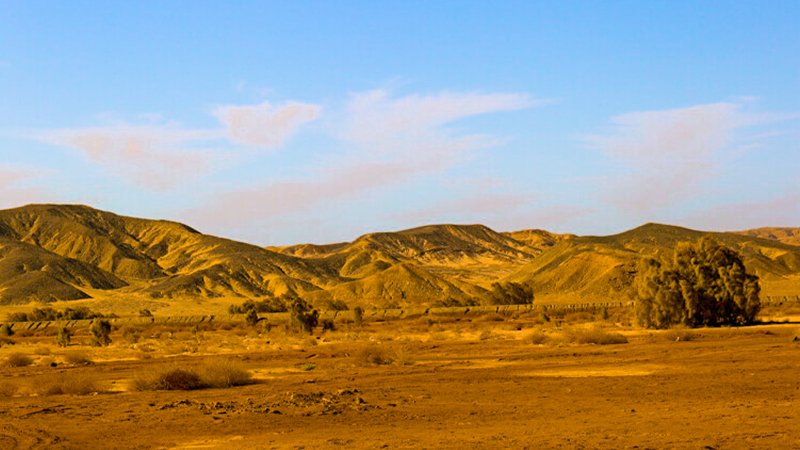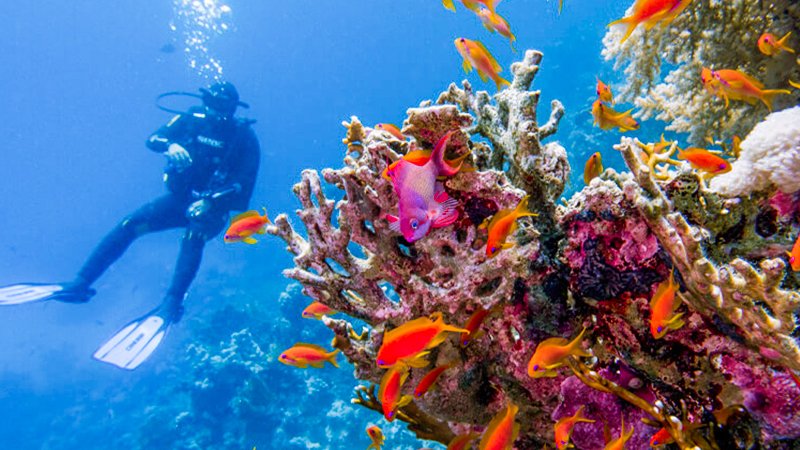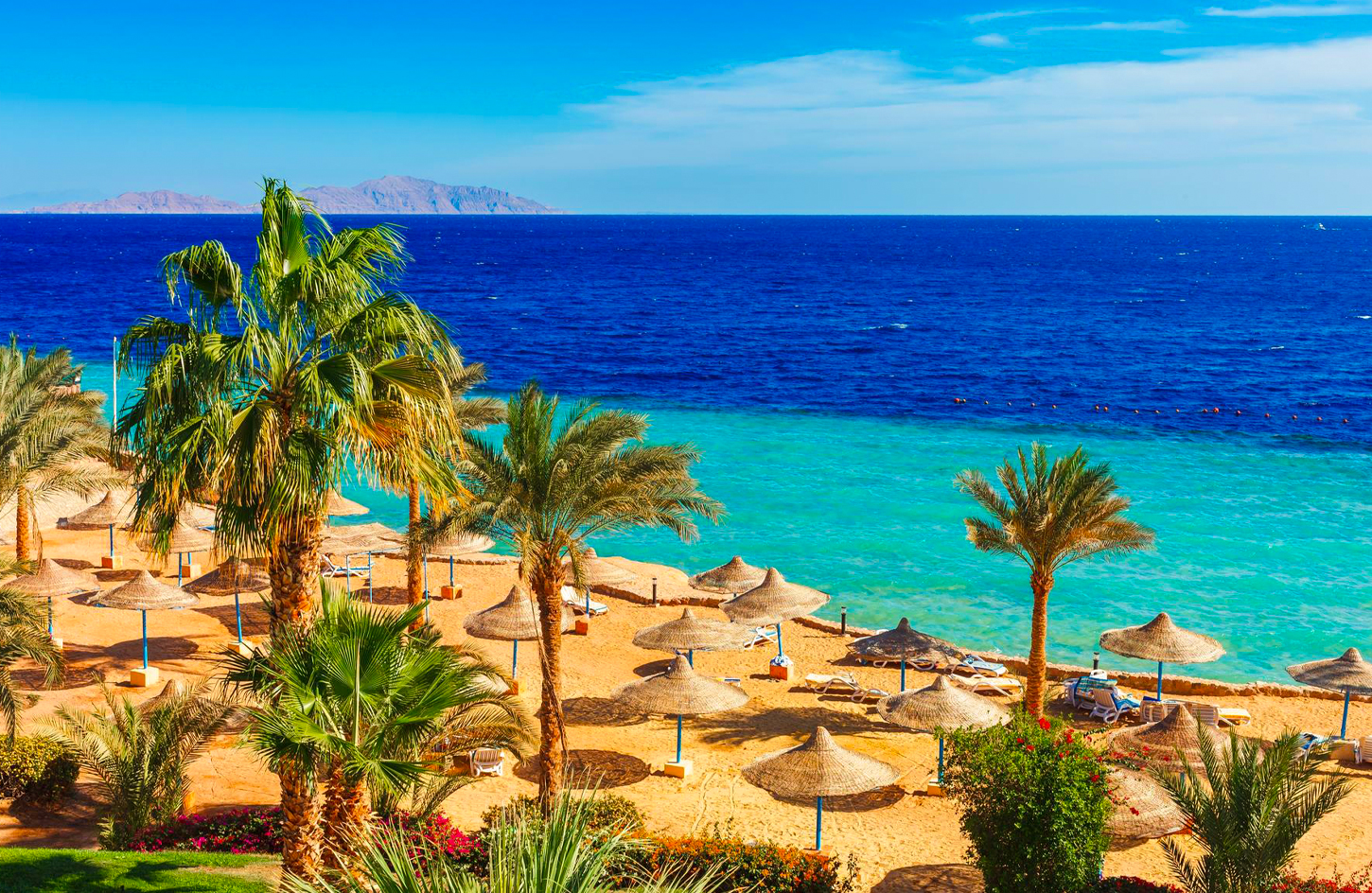Egypt’s Marsa Alam is located on the Red Sea.
Marsa Alam is the fastest-rising tourist destination in the world.
Marsa Alam, located approximately 220 kilometers south of Hurghada, is one of the Red Sea Riviera’s fastest-growing tourist destinations.
It is particularly popular with windsurfers, scuba divers, snorkelers, and beach-loving sunseekers who have already discovered the tranquility and beauty of Marsa Alam.
This is a true tropical paradise, with palm trees and mangroves along the shoreline. It is also an excellent starting point for further exploration.
It was once a small fishing village, similar to some other resorts on the Riviera, and it wasn’t until the establishment of Marsa Alam International Airport that it was able to enter the tourism industry.
Since then, the area has blossomed into one of Egypt’s hidden gems, particularly among divers and snorkelers seeking an alternative destination off the beaten path.
Those who like diving will find the Red Underwater to be an incredible treasure trove, having kilometer after kilometer of gorgeous coral reefs and an abundance of wonderfully colored sea life just waiting to be found.
If you want to enjoy a memorable trip in Egypt, check out our Egypt Excursions with our certified Egyptologist and Egypt travel guide.
Dive spots that are not overrun with people
While Egypt has become a popular destination for divers looking to immerse themselves in the wonders of the Red Sea.
The spectacular dive sites of Marsa Alam are still relatively uncrowded, allowing visitors to explore the area’s shipwrecks, coral walls, and underwater gardens in relative peace and tranquility.
The best diving areas in Marsa Alam are well-known for their natural beauty and are often visited by tourists.

It is located 6.5 nautical miles off the coast of Marsa Alam and is filled with life, including sea turtles and reef fish as well as bigger pelagics and other huge marine creatures.
It is suited for water users of all skill levels, from beginners to expert divers, due to the shallow northern plateau, which is ideal for snorkeling, and the deeper southern plateau, which is ideal for diving.
Shaab Samadai, also known as Dolphin House, is a curving reef off the southern coast of Marsa Alam that was given this name because of a pod of 60 or more spinner dolphins that can be seen here on a regular basis. Additionally, this shallow, turquoise lagoon is home to a variety of reef species, including leopard groupers and lionfish, as well as a masked butterfly fish colony.
Underwater caverns and pinnacles in the southern hemisphere will entice adventurous undersea explorers to take part in the expedition.
Divers will enjoy Fury Shoal’s unique coral garden, which is a wonderful diving spot. A complex reef made up of a network of hard coral formations is home to a diverse population of pelagic fish and dolphins, and it even boasts the ruins of a tugboat and a sailing ship for your investigation.
On dry ground, Marsa Alam is becoming more popular as a destination for excellent hotels ranging from three to five stars.
Desert escapades await you.
There are several trips and activities in the surrounding area of Marsa Alam for people looking for adventure in the desert.
Jeep or quad bike safaris into the desert, which include a visit to an authentic Bedouin village, can be arranged directly from the resort.
These excursions are available as full or half-day excursions and include a barbecue and entertainment at the Bedouin village as well as the opportunity to ride a camel through the Egyptian desert.

In the rugged hills of the Eastern Desert southwest of Marsa Alam, it is thought that the ancient Egyptian Pharaohs mined magnificent green emeralds for their royal jewels.
The Cleopatra Mines, also known as the Emerald Mountains or Mons Smaragdus (Emerald Mountains), was the most renowned mining complex in ancient history, and the mines at Wadi Gemal, Wadi Sikait, Wadi Nuqrus, and Gebel Zabara were all in operation at different times throughout the Ptolemaic and Roman eras.
Despite modern development, the remnants of the Zabara and Sikeit mining communities, as well as the remains of temples and old caverns, may still be seen in the vicinity of Marsa Alam.
Visitors searching for historical sites can benefit from a visit to the mines, which, like so many other natural resource sites in Egypt, include evidence of various distinct civilizations that have made use of the precious stones over thousands of years, including the ancient Egyptians.
Not far from Marsa Alam are the ruins of the Roman port colony of Myos Hormos, where tourists may view some of the best-preserved Roman artifacts in the world, as well as as many as 200 hieroglyphic tablets gracing the cliffs of Wadi Hammamat, which is a popular tourist destination.
In some cases, the tablets have been in use for 4,000 years and represent ancient reed boats sailing to the Nile.

Furthermore, Hammamat is well-known for its Bekheny stone, a magnificent green decorative rock that was formerly considered holy by the ancients.
The stone was actively mined until the Roman era, and it was used to create bowls, sculptures, and even sarcophagi, among other things.
Many objects made of Bekheny stone have been discovered in the tombs of the Pharaohs, including jewelry.
Later on, the Romans constructed watchtowers throughout the wadi’s length, several of which may still be seen standing today.
Tours that have been recommended
Two-day trip to Cairo from Marsa Alam starts at $615. A one-day trip from Marsa Alam to Luxor starts at $129. A three-day trip to Cairo and the Giza Pyramids starts at $469.
Don’t miss to check our Egypt Vacation Packages



0 Comment